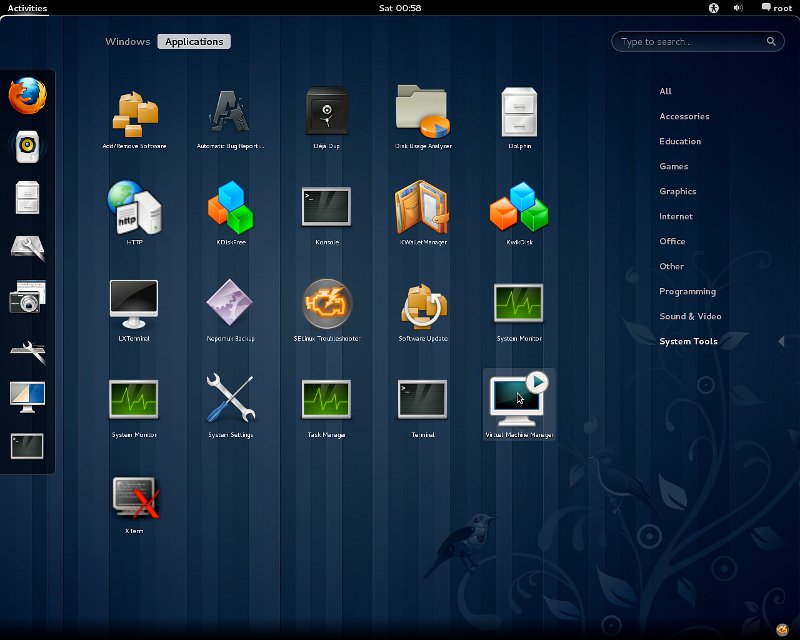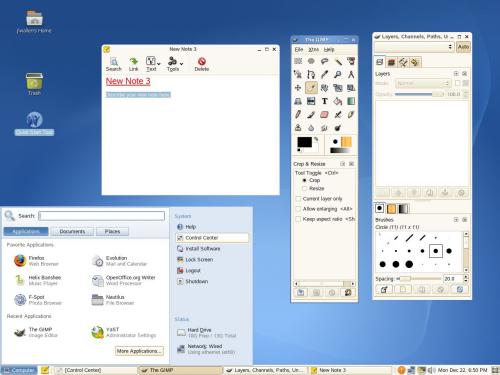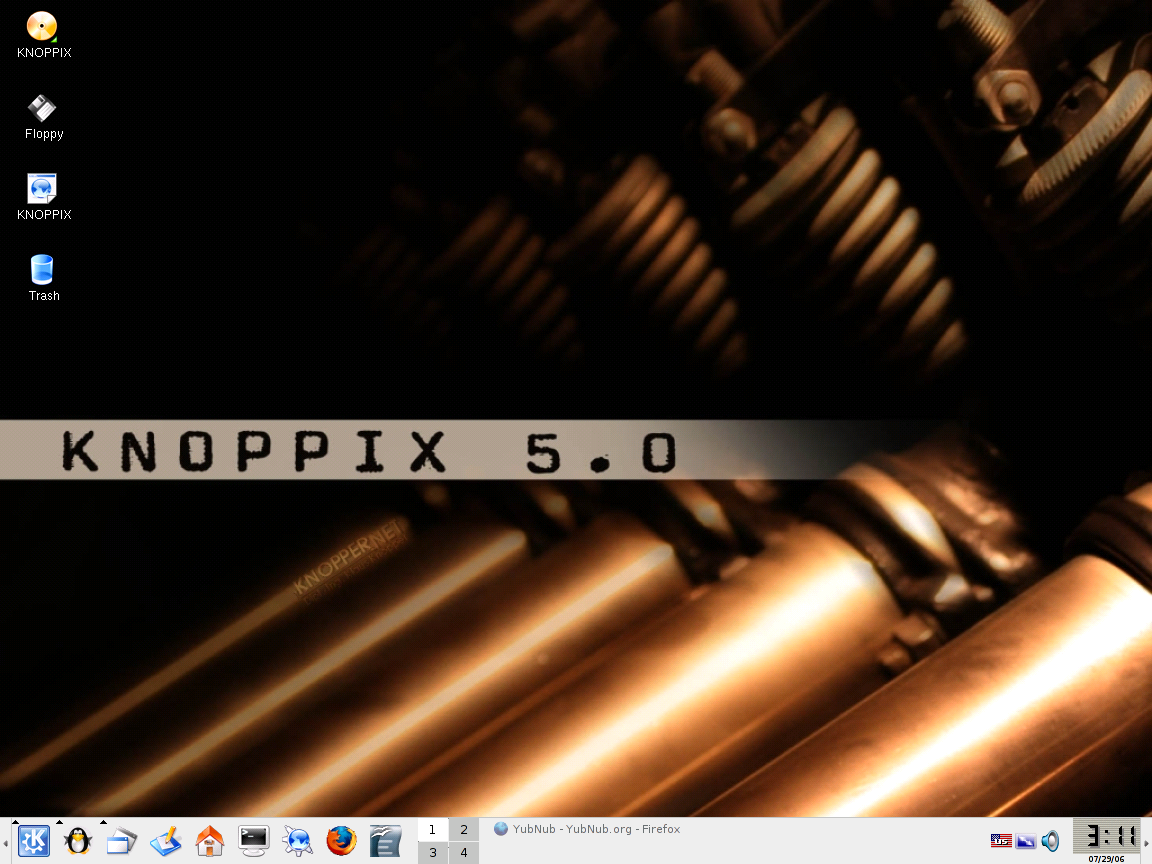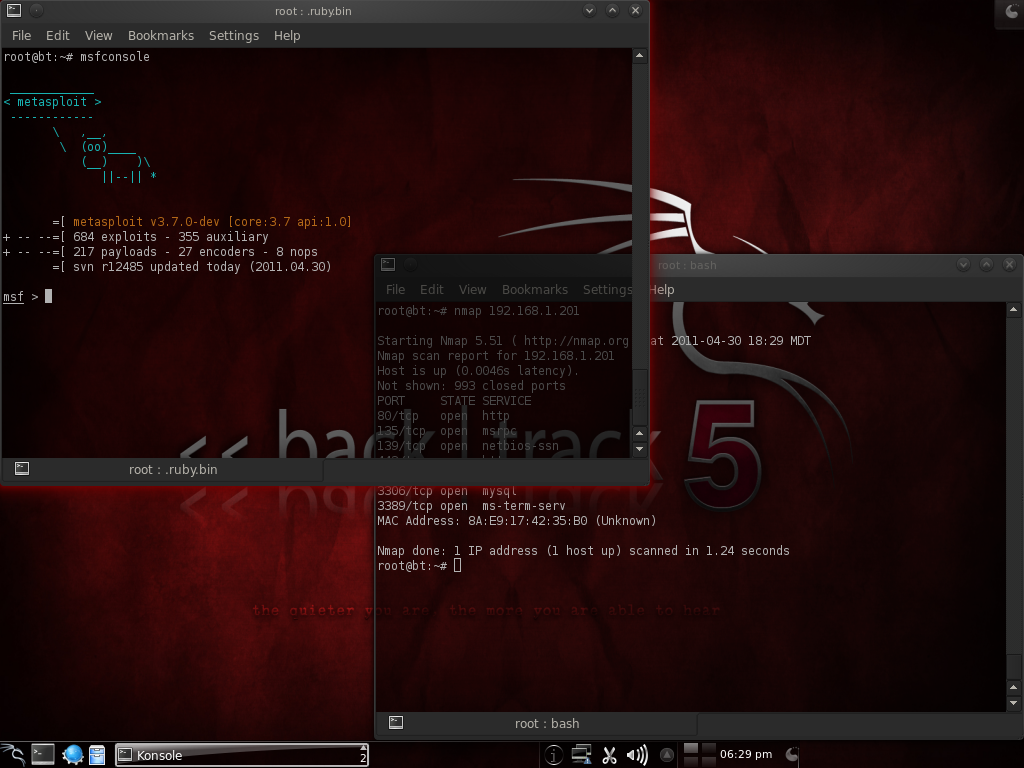As Linux continues to re-define its role in the mobile and cloud sectors, there is still demand for using the operating system on “traditional” platforms like the personal desktop, the enterprise server, and even laptop devices. With so many Linux distributions available, which one is the best for each of these varied platforms?
Because of these platform differences, there never can be one best Linux distribution for everyone. Also, the needs of each user are unique. Telling someone who’s looking for a good introductory distribution to try Gentoo, for instance, would be a mistake because for all its positive qualities, Gentoo is decidedly not a beginner’s distro.
All too often, Linux users, when asked this question, will tend to list the distributions they like as the best, which is fair, but if they are not aware of their audience, they could suggest something that does not meet that person’s needs. Finding a good Linux distribution is like finding a good match in an online dating service: good looks aren’t the only quality upon which to judge a Linux distro.
To help users discover the Linux distribution that’s best for them, this resource, now updated for mid-2011, will definitively list the best candidates for the various types of Linux users to try. The use-case categories will be:
- Best Desktop Distribution
- Best Laptop Distribution
- Best Enterprise Desktop
- Best Enterprise Server
- Best LiveCD
- Best Security-Enhanced Distribution
- Best Multimedia Distribution
Once you find the best Linux distribution for your needs, you can visit our Linux Migration Guides to assist you in installing and using the one you’d like to try.
Best Linux Desktop Distribution
In recent years, the best Linux desktop distribution has been one of the Ubuntu flavors from Canonical, or perhaps Linux Mint, which is also based on Ubuntu. This year, though, Fedora tops the list as best desktop distribution.
 The reason is two-fold. First, there’s the problem with the Unity desktop, the GNOME shell interface that Ubuntu ships with by default. Unity has a lot going for it, and the interface team at Canonical should be applauded for their efforts thus far. But when comparing Unity with the GNOME 3 shell that ships with Fedora 15, we have to give the slight advantage to Fedora. (And it’s really a tight call, since GNOME 3 can be supported on Ubuntu, but not Unity on Fedora.)
The reason is two-fold. First, there’s the problem with the Unity desktop, the GNOME shell interface that Ubuntu ships with by default. Unity has a lot going for it, and the interface team at Canonical should be applauded for their efforts thus far. But when comparing Unity with the GNOME 3 shell that ships with Fedora 15, we have to give the slight advantage to Fedora. (And it’s really a tight call, since GNOME 3 can be supported on Ubuntu, but not Unity on Fedora.)
That’s where the other Fedora advantage comes in: apps. Fedora, which is based on Red Hat Enterprise Linux, has a somewhate broader range of business-oriented applications, which makes it suitable for personal and business use, too. It doesn’t have to be enterprise-ready, that’s another category, but the fact that Fedora can easily stretch into a business desktop role is a big plus for small businesses and non-profits who need a solid, well-put-together desktop machine.
Best Linux Laptop Distribution
With the decision so tight between Fedora and Ubuntu for the desktop distribution category, you might think naming Ubuntu as the best laptop distro might be throwing Ubuntu a bone. That is far from being the case, and there’s two words that describe why Ubuntu ranks the best in this category:
This built-in cloud file and music service is available on all versions of Ubuntu, so it’s certainly an asset over on desktop machines, too. But Ubuntu One’s real advantage shines through on mobile platforms. The capability of accessing 5 Gb of free storage space is a great online tool. Add a $3.99/month and you get the Ubuntu One Music Streaming service and an extra 20 Gb of storage. The fact that Ubuntu One has a Windows and an Android client (with an OS X client supposedly on the way) is a high mark in its favor as well.
Ubuntu has also improved its laptop toolset. The problems Ubuntu’s power management systems had that kept it out of the top spot for this category last year have been cleared up and are pretty much bug free on most devices. And the Unity desktop shell, while it’s no GNOME 3, is well-suited for the wide aspect ratio screens found on so many of today’s laptops.
With all of these features and more, Ubuntu holds a clear advantage on laptop devices.
Best Linux Enterprise Desktop
Last year, SUSE Linux Enterprise Desktop grabbed top honors for Best Linux Enterprise Desktop, and there seems to be no reason to change that call in 2011.
 The reason is simple: while SLED and its primary competitor Red Hat Enterprise Linux Desktop are nearly identical in features and support performance, SLED still has the advantage of the openSUSE Build Service, a free and open service that lets applications be built and delivered to SUSE Linux and openSUSE products (as well as Red Hat and CentOS).
The reason is simple: while SLED and its primary competitor Red Hat Enterprise Linux Desktop are nearly identical in features and support performance, SLED still has the advantage of the openSUSE Build Service, a free and open service that lets applications be built and delivered to SUSE Linux and openSUSE products (as well as Red Hat and CentOS).
This is a key differentiator in enterprise desktop development, as it means that SLED has the current advantage of application building and deployment in the enterprise arena.
Best Linux Enterprise Server
As in 2010, this category really comes down to two main contenders: Red Hat Enterprise Linux (RHEL) and SUSE Linux Enterprise Server (SLES). Given the pick for the Enterprise Desktop category, you might expect SLES to get the “best of” label here.
But, this year as in last, RHEL is still the king of this particular hill. The release of RHEL 6 in November 2010 pretty much sealed this deal.
Red Hat edges out Attachmate with its server product, because RHEL users get a deeply mature distribution, and Red Hat’s support structure is second to none in the enterprise channels.
Also, because of Red Hat’s strong partnerships, there are a lot of enterprise-class apps available on RHEL. Red Hat’s support of the KVM virtualization technology, which has been embedded in the Linux kernel for quite a while now, makes it a very easy server to deploy in datacenters and in the cloud as well.
Best Linux LiveCD
At this point in the Linux maturirty model, users can easily choose the LiveCD version of practically any of the Linux distros listed here to get the best LiveCD experience for their needs.
 There is a specialized class of LiveCDs, however, that offers users utilities and tools for the specific purpose of repairing existing Linux and Windows installations. These distros are very useful to have regardless of what primary Linux distribution you like to use, because in a crisis they are invaluable to own.
There is a specialized class of LiveCDs, however, that offers users utilities and tools for the specific purpose of repairing existing Linux and Windows installations. These distros are very useful to have regardless of what primary Linux distribution you like to use, because in a crisis they are invaluable to own.
In this class of distribution, KNOPPIX is still hands-down the most complete and useful distro. Loaded on a CD or USB storage device, KNOPPIX will let you recover from nearly any rare Linux system crash as well as the much-less-rare Windows breakdowns.
Best Linux Security-Enhanced Distribution
Linux is inherently very secure compared to other operating systems, but there’s always room for improvement.
One of the challenges for locking down Linux is if you are not careful, you can take away too much functionality. Another challenge is that the best security-oriented Linux distro, SELinux, is historically known to be difficult to configure correctly. Still, if security out of the box is your priority, this is the best place to begin.
Another approach to security is the white hat method: using security and forensic tools to examine your existing installation, determine the holes, then lock your system down based on what gaps you find. If you have the time and inclination, this is a great way to do it, because this will get any existing system more secure right away.
For the white hat approach, the best distribution is still awarded to BackTrack Linux, a dedicated penetration-testing distro that will enable you to safely try to crack any system you are caretaking. Its toolset and strong community gives it the advantage in this category.
Best Linux Multimedia Distribution
General Linux distributions have come a long way in terms of multimedia performance. Rare is the audio or video file that can’t be played on Linux. Music services such as Rhapsody and video sites like YouTube and Hulu are also standards-compliant and accessible to Linux users.
Still, for those users who are multimedia creators as well as consumers, there are Linux distributions that contain powerful tools for audio and video editing.
The best in this class is currently Ubuntu Studio. For audio, video, and graphic production, it contains a very complete set of tools, as well as format and codec support for a huge range of multimedia formats.
Ubuntu Studio has it all: multiple multimedia editing tools, as well as graphics and image editors. The Fedora Design Suite spin, as a counter-example, only has the graphics tools on board.
In Linux, there are as many opinions as there are lines of code. This represents one view of the best in Linux for 2011. What’s yours?






